In the annals of cinematic history, few films loom as large as “The Godfather”. This masterpiece didn’t just redefine the gangster genre; it revolutionized filmmaking itself. But behind every great film lies an army of unsung heroes, and Eddie Kurland stands tall among them.
Kurland’s role in bringing “The Godfather” to life is a tale of ingenuity, perseverance, and Hollywood magic. Let’s dive into the story of this behind-the-scenes maestro who helped shape one of cinema’s greatest triumphs.
Key Facts and Figures
| Aspect | Details |
| Full Name | Edward “Eddie” Kurland |
| Born | Circa 1925 (exact date unknown) |
| Died | Late 2010s (exact date unconfirmed) |
| Career Span | 1950s – 1990s |
| Notable Projects | “The Godfather” (1972), “The Longest Yard” (1974), “The First Deadly Sin” (1980) |
| Primary Role | Publicist and Production Coordinator |
| Key Collaborator | Al Ruddy |
| “The Godfather” Budget | $6-7 million |
| “The Godfather” Box Office | $245-286 million worldwide |
| Academy Awards | 3 wins (Best Picture, Best Actor, Best Adapted Screenplay) |
Who Was Eddie Kurland?
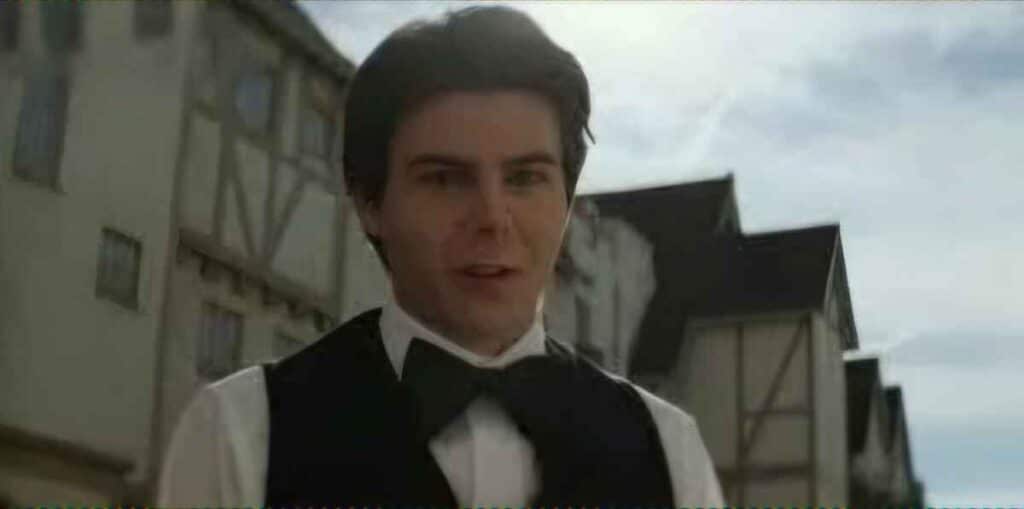
Eddie Kurland wasn’t born into the glitz and glamour of Hollywood. He cut his teeth in the trenches of the film industry, working his way up from the bottom. His journey began in the 1950s, where he honed his skills in public relations and publicity.
Kurland’s early career saw him rubbing shoulders with some of Tinseltown’s biggest names. He developed a reputation for his:
- Sharp wit
- Problem-solving skills
- Ability to navigate studio politics
These traits would serve him well in the high-stakes world of blockbuster filmmaking.
“Eddie had a knack for making the impossible possible,” recalls a former colleague. “He could smooth over any crisis with a smile and a well-placed phone call.”
Kurland’s rise through the ranks was marked by his innovative approach to publicity. He understood that successful film promotion went beyond just press releases and movie posters. It required a deep understanding of human psychology and the art of storytelling.
In the early 1960s, Kurland worked on several B-movies, where he learned to maximize impact with minimal resources. This experience would prove invaluable when he later faced the budgetary constraints of “The Godfather”.
You might also like Phillipa Mariee: A Rising Star in WWE
Kurland’s Crucial Role in “The Godfather”
When Paramount Pictures greenlit “The Godfather”, they knew they needed a steady hand to guide the production. Enter Eddie Kurland, brought on board by producer Al Ruddy to help navigate the treacherous waters of bringing Mario Puzo’s novel to the screen.
Kurland’s contributions were vast and varied:
- Location scouting: He helped secure iconic settings that brought 1940s New York to life.
- Financial management: Kurland kept the budget in check, allowing for creative freedom within constraints.
- Publicity: He managed the film’s public image, generating buzz without revealing too much.
- Crisis management: From on-set disputes to external pressures, Kurland was the go-to problem solver.
Perhaps his most significant contribution came in handling the delicate negotiations with the Italian-American Civil Rights League. This group initially opposed the film, fearing it would perpetuate negative stereotypes.
Kurland’s diplomatic skills shone as he:
- Arranged meetings between the League and filmmakers
- Negotiated script changes to address concerns
- Ensured the film’s artistic integrity remained intact
His efforts not only allowed production to proceed but also added layers of authenticity to the final product.
The Horse Head Incident
One of the most iconic scenes in “The Godfather” is the horse head in the bed. This scene posed numerous challenges, both logistical and ethical. Kurland played a crucial role in making it happen:
- He liaised with animal rights groups to ensure no horses were harmed.
- Worked with prop masters to create a realistic horse head.
- Managed the public perception to prevent backlash.
This incident showcased Kurland’s ability to balance artistic vision with practical and ethical considerations.
You might also like Brandy Quaid: The Untold Story of Randy Quaid’s Sister
The Dynamic Duo: Kurland and Al Ruddy
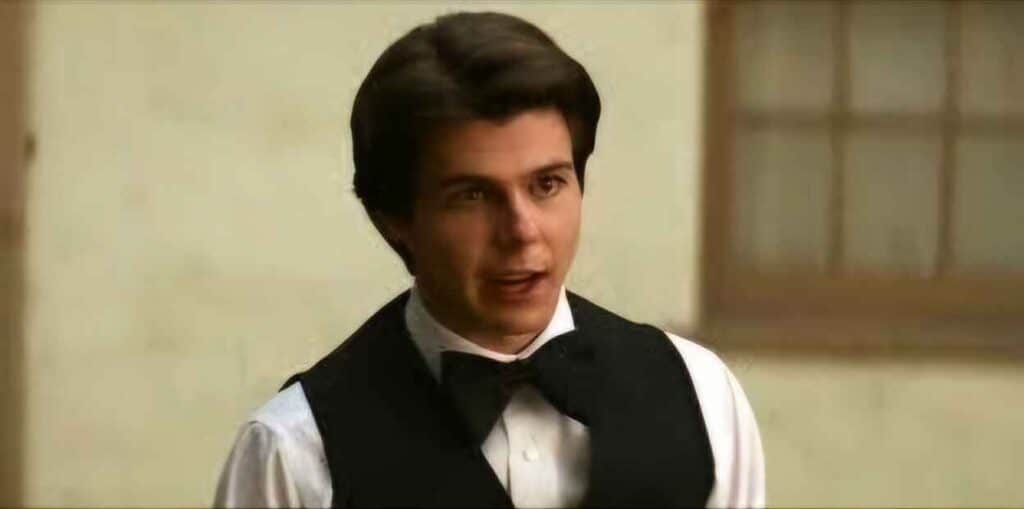
At the heart of “The Godfather’s” success was the partnership between Eddie Kurland and producer Al Ruddy. Their collaboration was a masterclass in complementary skills and mutual trust.
| Kurland’s Strengths | Ruddy’s Strengths |
| Publicity expertise | Creative vision |
| Network of contacts | Negotiation skills |
| Crisis management | Big-picture thinking |
| Detail-oriented | Risk-taking |
Together, they formed a formidable team that could tackle any challenge thrown their way.
One famous anecdote illustrates their synergy perfectly. When the infamous horse head scene was in jeopardy due to animal rights concerns, Kurland sprang into action. He not only secured the necessary permissions but also found a way to make the scene even more impactful within the constraints.
“Eddie and Al were like yin and yang,” says a crew member. “Where one zigged, the other zagged, but they always ended up in the right place.”
Their partnership extended beyond “The Godfather”. They continued to work together on other projects, including “The Longest Yard” in 1974. This long-standing professional relationship was built on mutual respect and a shared vision for quality filmmaking.
Kurland’s Unsung Contributions
While Kurland’s role as a publicist was crucial, his influence extended far beyond traditional PR duties. He became a jack-of-all-trades, filling in gaps wherever needed:
- Studio liaison: Kurland acted as a bridge between the creative team and Paramount executives, translating artistic needs into business language and vice versa.
- Talent wrangler: He helped manage the egos and schedules of the star-studded cast, ensuring harmony on set.
- Logistical wizard: From coordinating complex shoot schedules to managing transportation of props and equipment, Kurland kept the machine running smoothly.
One of Kurland’s most significant, yet least known, contributions was his role in shaping the film’s authentic feel. He:
- Researched 1940s New York extensively
- Connected the team with real-life mobsters for insights
- Sourced period-accurate props and costumes
These efforts added layers of realism that elevated “The Godfather” from mere gangster flick to cinematic masterpiece.
You might also like Kionne Net Worth: How This Rising Star Built His Wealth in 2024
Kurland’s Role in Casting Decisions
While not officially part of the casting team, Kurland’s input was valued when it came to selecting actors. He understood the importance of public perception and how certain casting choices could impact the film’s reception.
For instance, Kurland advocated for Al Pacino to play Michael Corleone, despite initial studio hesitation. He recognized Pacino’s potential star power and how it could be leveraged in the film’s promotion.
Beyond “The Godfather”
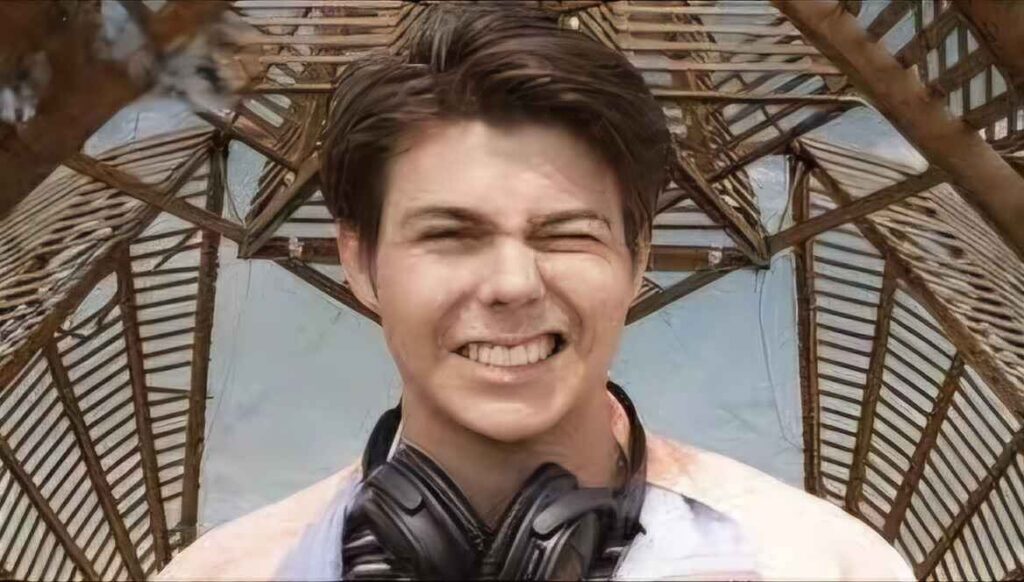
Eddie Kurland’s success with “The Godfather” catapulted him into the upper echelons of Hollywood. His subsequent career saw him involved in numerous high-profile projects:
- The Longest Yard (1974): Kurland reunited with Al Ruddy, bringing his magic touch to this sports comedy classic.
- The First Deadly Sin (1980): He worked alongside Frank Sinatra, showcasing his versatility across genres.
- Various TV productions and smaller films throughout the 1980s and 1990s.
Kurland’s approach to filmmaking, honed during “The Godfather”, influenced a generation of producers and publicists. He emphasized:
- Building strong relationships with local communities during location shoots
- Transparency with the press to build trust and manage narratives
- Proactive problem-solving rather than reactive crisis management
Case Study: “The Longest Yard”
Kurland’s work on “The Longest Yard” demonstrates how he applied lessons learned from “The Godfather”:
- Location Management: He negotiated with Georgia State Prison to film on location, adding authenticity to the movie.
- Cast Relations: Kurland helped manage the large ensemble cast, including both actors and real inmates.
- Public Perception: He crafted a publicity strategy that highlighted the film’s themes of redemption and teamwork, rather than just its comedy elements.
This approach contributed to the film’s critical and commercial success, grossing over $43 million at the box office.
You might also like Jennifer Adamson: The Untold Story of Macaulay Culkin’s Sister
Kurland’s Legacy in Hollywood
Though Eddie Kurland may not be a household name, his impact on the film industry is undeniable. His career spanned decades and left an indelible mark on how movies are made and promoted.
Kurland’s legacy includes:
- Innovative publicity strategies that are still used today
- A more collaborative approach to film production
- Emphasis on authenticity in period pieces
- Mentorship of countless young professionals in the industry
Many of today’s top producers and publicists cite Kurland as an inspiration, even if they’ve never met him personally.
“Eddie Kurland wrote the playbook for modern film publicity,” says one current studio executive. “We’re all standing on his shoulders.”
Kurland’s Influence on Modern Filmmaking
Several aspects of modern film production can be traced back to Kurland’s innovative approaches:
- Viral Marketing: Long before the internet, Kurland understood the power of word-of-mouth promotion. His techniques for generating buzz are precursors to today’s viral marketing strategies.
- 360-Degree Storytelling: Kurland believed in creating a cohesive narrative around a film, from pre-production to release. This holistic approach is now standard in major film campaigns.
- Community Engagement: His efforts to involve local communities in film productions paved the way for today’s focus on corporate social responsibility in filmmaking.
- Crisis Management: Kurland’s ability to navigate controversies and turn potential negatives into positives is now a key skill for any film publicist.
You might also like What Happened to Lexie Wiggly? J. B. Mauney’s ex-wife
Eddie Kurland in Popular Culture
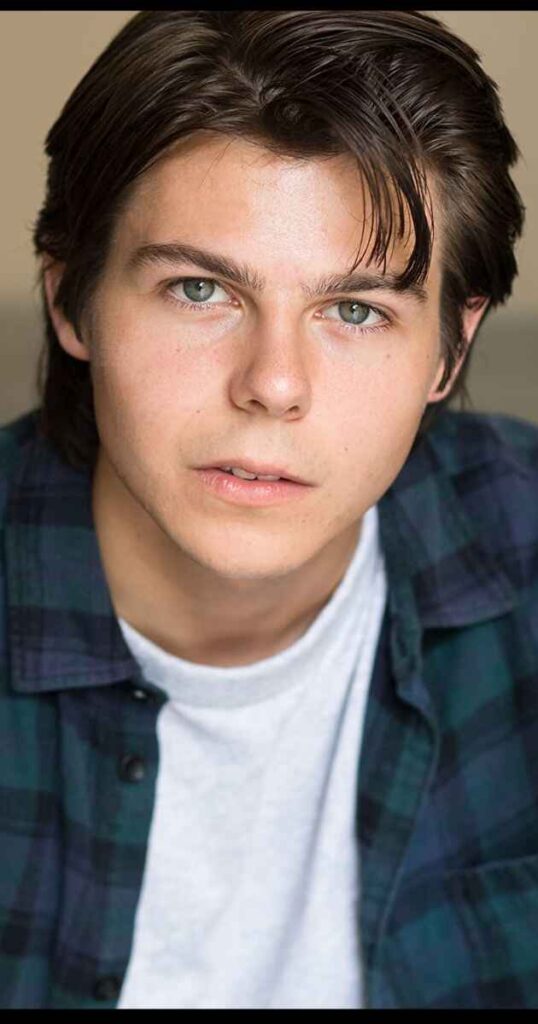
While Kurland himself preferred to stay out of the limelight, his story has begun to capture the public imagination. The recent miniseries “The Offer” brought Kurland’s role to life for a new generation of film enthusiasts.
In the series, Kurland is portrayed as:
- A quick-witted problem solver
- A loyal friend to Al Ruddy
- A master of Hollywood’s complex social dynamics
While dramatized for television, the portrayal captures the essence of Kurland’s contributions to “The Godfather” and highlights the often-overlooked role of publicists in filmmaking.
You might also like The Fate of Daejanae Jackson: Arrested or Free?
Kurland’s Portrayal in “The Offer”
The miniseries “The Offer” provides a fictionalized account of the making of “The Godfather”, with actor Josh Zuckerman portraying Eddie Kurland. While some creative liberties were taken, the series highlights several key aspects of Kurland’s role:
- His crucial role in managing relationships with the Italian-American community
- His innovative publicity strategies
- His close working relationship with Al Ruddy
The series has sparked renewed interest in the behind-the-scenes players who made “The Godfather” possible, bringing Kurland’s contributions to a wider audience.
Lessons from Kurland’s Career
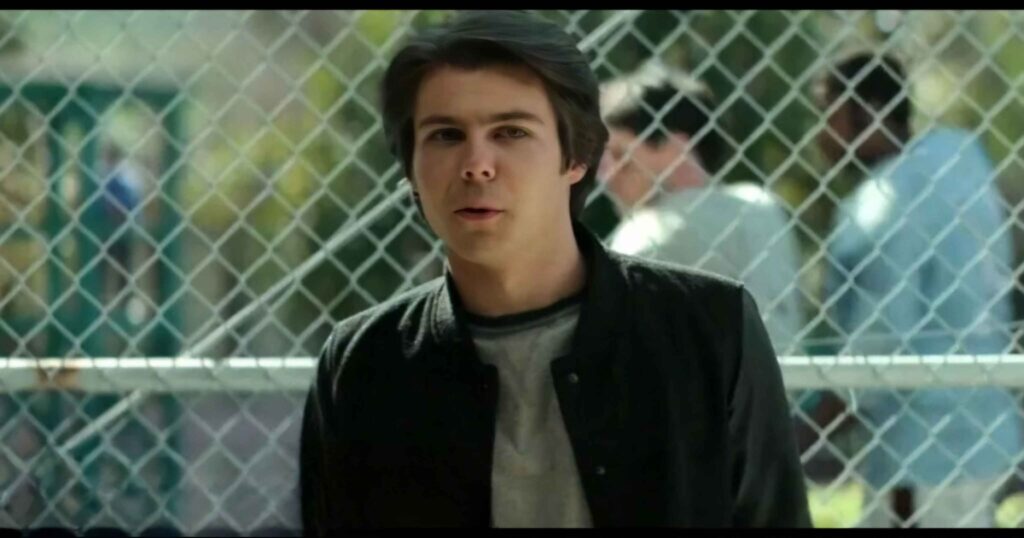
Eddie Kurland’s journey offers valuable insights for anyone in the creative industries:
- Versatility is key: Kurland’s willingness to wear many hats made him indispensable.
- Relationships matter: His network of contacts often saved the day in crises.
- Details create authenticity: Kurland’s attention to historical accuracy elevated the final product.
- Balance art and business: He understood both the creative vision and the bottom line.
- Stay behind the scenes: Kurland’s focus on the work, not personal glory, endeared him to colleagues.
These principles guided Kurland through a stellar career and continue to inspire filmmakers today.
Applying Kurland’s Principles in Modern Filmmaking
- Embrace Technology: While Kurland worked in a pre-digital age, his innovative spirit would likely have embraced new technologies. Modern filmmakers can use social media and digital platforms to engage audiences in ways Kurland could only dream of.
- Authenticity Matters: Kurland’s emphasis on realism and authenticity is even more critical in an age where audiences are quick to spot and criticize inaccuracies.
- Collaborative Problem-Solving: Kurland’s ability to bring different stakeholders together to solve problems is a crucial skill in today’s complex production environments.
- Adaptability: The film industry is constantly evolving. Kurland’s career demonstrates the importance of adapting to new challenges and opportunities.
FAQs
To round out our exploration of Eddie Kurland’s impact, let’s address some common questions:
Who portrays Eddie Kurland in “The Offer”? A: In the Paramount+ miniseries “The Offer”, Eddie Kurland is portrayed by actor Josh Zuckerman.
What were Kurland’s specific contributions to “The Godfather” production? A: Kurland handled publicity, managed studio relationships, assisted with location scouting, helped navigate community relations, and contributed to the film’s overall authenticity.
Did Kurland work on the sequels? A: While Kurland was not directly involved in “The Godfather Part II” or “Part III”, his influence on the franchise’s style and approach continued to be felt.
Is Eddie Kurland still alive? A: As of my last update in 2023, Eddie Kurland had passed away. However, his legacy in the film industry lives on.
What other major films did Kurland work on? A: Besides “The Godfather”, Kurland worked on “The Longest Yard” (1974) and “The First Deadly Sin” (1980), among others.
How did Kurland’s work impact the financial success of “The Godfather”? A: While it’s difficult to quantify, Kurland’s publicity efforts and crisis management significantly contributed to the positive reception and box office success of the film.
Did Kurland win any awards for his work? A: While publicists rarely receive individual awards, Kurland’s contributions were part of the team effort that led to “The Godfather” winning three Academy Awards, including Best Picture.
How did Kurland’s approach differ from other publicists of his time? A: Kurland was known for his holistic approach to publicity, involving himself in various aspects of production to ensure a cohesive narrative around the film.
Conclusion: Recognizing the Hidden Heroes of Cinema
Eddie Kurland’s story reminds us that great films are not made by directors and actors alone. Behind every cinematic triumph stands an army of dedicated professionals whose names may never appear in lights.
Kurland’s contributions to “The Godfather” and the broader film industry exemplify the power of collaboration, creativity, and sheer determination. His legacy lives on in the practices of modern filmmaking and in the enduring magic of the movies he helped create.
As we celebrate the giants of cinema, let’s also raise a glass to the Eddie Kurlands of the world – the unsung heroes who make movie magic possible. Their stories, often untold, are the very fabric of Hollywood’s rich tapestry.
In an era where blockbusters dominate and CGI often takes center stage, Kurland’s emphasis on authenticity and hands-on problem-solving serves as a valuable reminder of the human element in filmmaking. As the industry continues to evolve, the principles that guided Kurland’s career – adaptability, collaboration, and a deep respect for the art of cinema – remain as relevant as ever.
Ultimately, Eddie Kurland’s legacy is not just about one man or one film. It’s about the countless individuals who work tirelessly behind the scenes to bring stories to life on the big screen. By understanding and appreciating their contributions, we gain a richer, more complete picture of the collaborative art that is cinema.